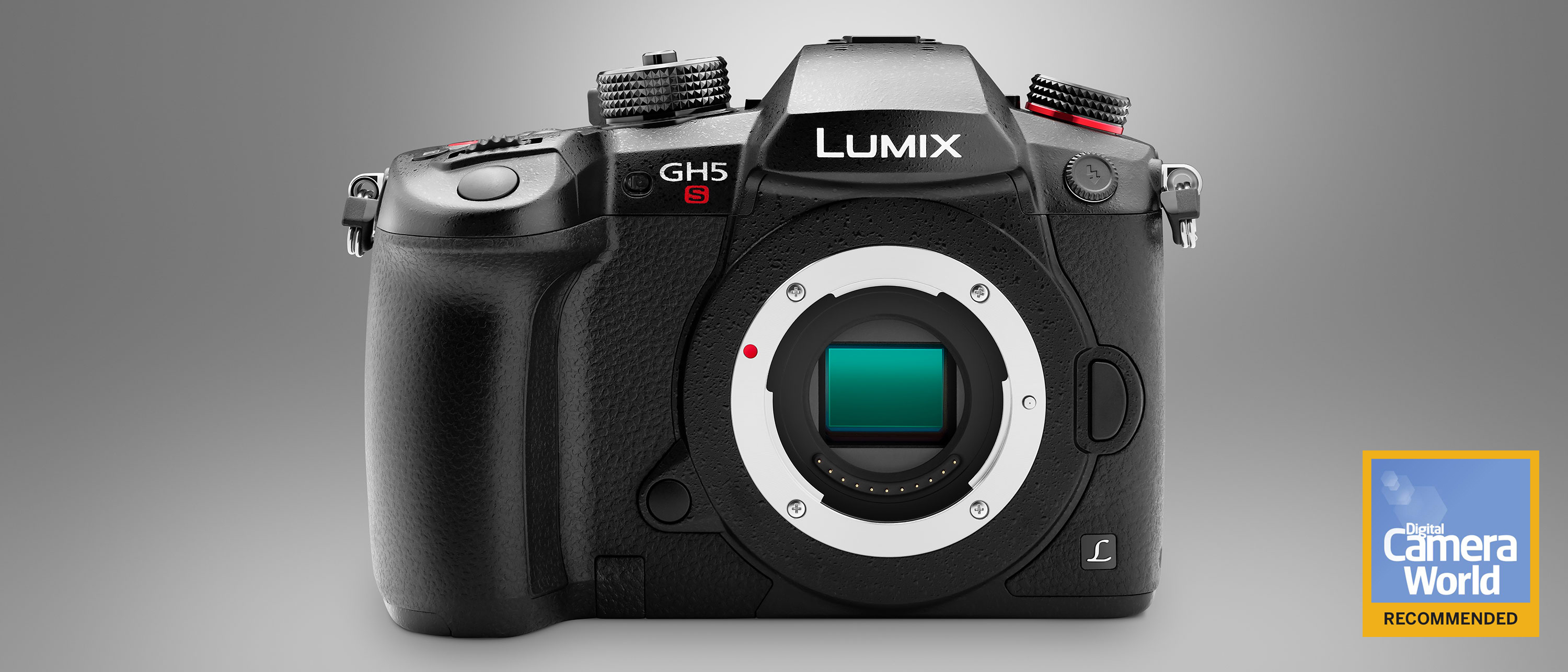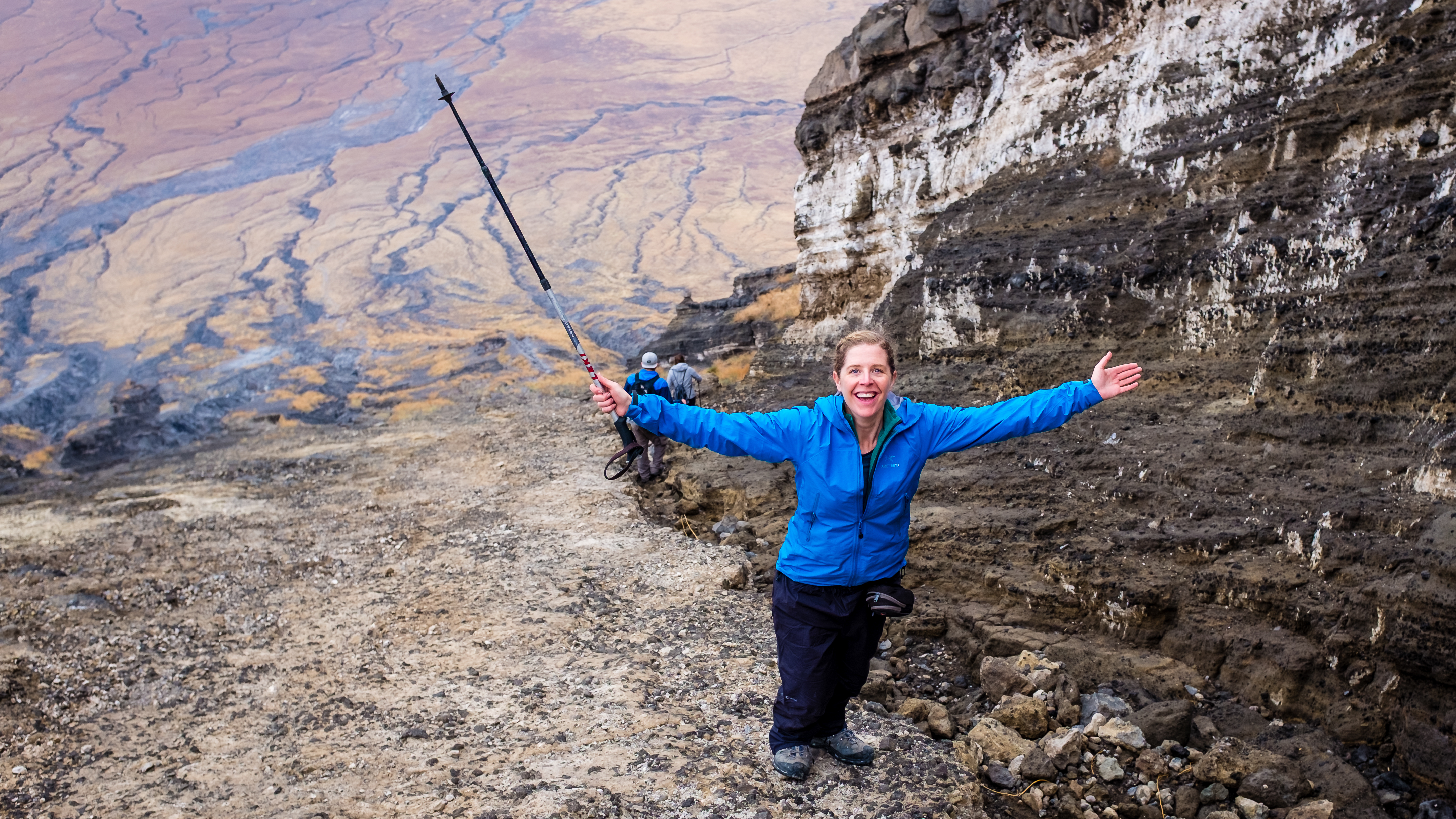Why you can trust Digital Camera World
There are two sides to the GH5S’s performance: its physical operation and its image quality. Physically, it’s fast and responsive. Panasonic doesn’t use on-sensor phase-detect autofocus points; instead, it has its own DFD (Depth From Defocus) system, which feels every bit as fast. One of the advantages of the smaller Micro Four Thirds format is its smaller lenses, which means in turn that the focusing elements within the lens have less inertia and can react more quickly.
It’s a little less impressive in continuous shooting mode, where a combination of screen blackout and the relatively modest frame rate with continuous autofocus puts it at a disadvantage to true sports cameras like the Panasonic G9.

Our lab tests are based around still images rather than video, but they still yield some interesting information about the sensor’s performance and characteristics. Testing is carried out by shooting Raw files and using the company’s own Raw-conversion software – Panasonic uses a branded version of the SilkyPix application.
High ISO tests were carried out both in the lab and with real-world testing, and the differences were interesting. In the lab, the ISO results were some of the best we’ve seen, which seems to bear out the improved low-light performance claimed by Panasonic for its Dual Native ISO system.
Our real-world tests, however, painted a slightly different picture. High ISO image quality is about detail retention and not just noise control, and while the quality remained surprisingly high up to ISO 3200, fine, detailed texture rendition showed a marked drop beyond that point, so that by ISO 51,200 there was still very little noise, but fine detail had been smoothed to such a degree that it was obvious without even zooming in.
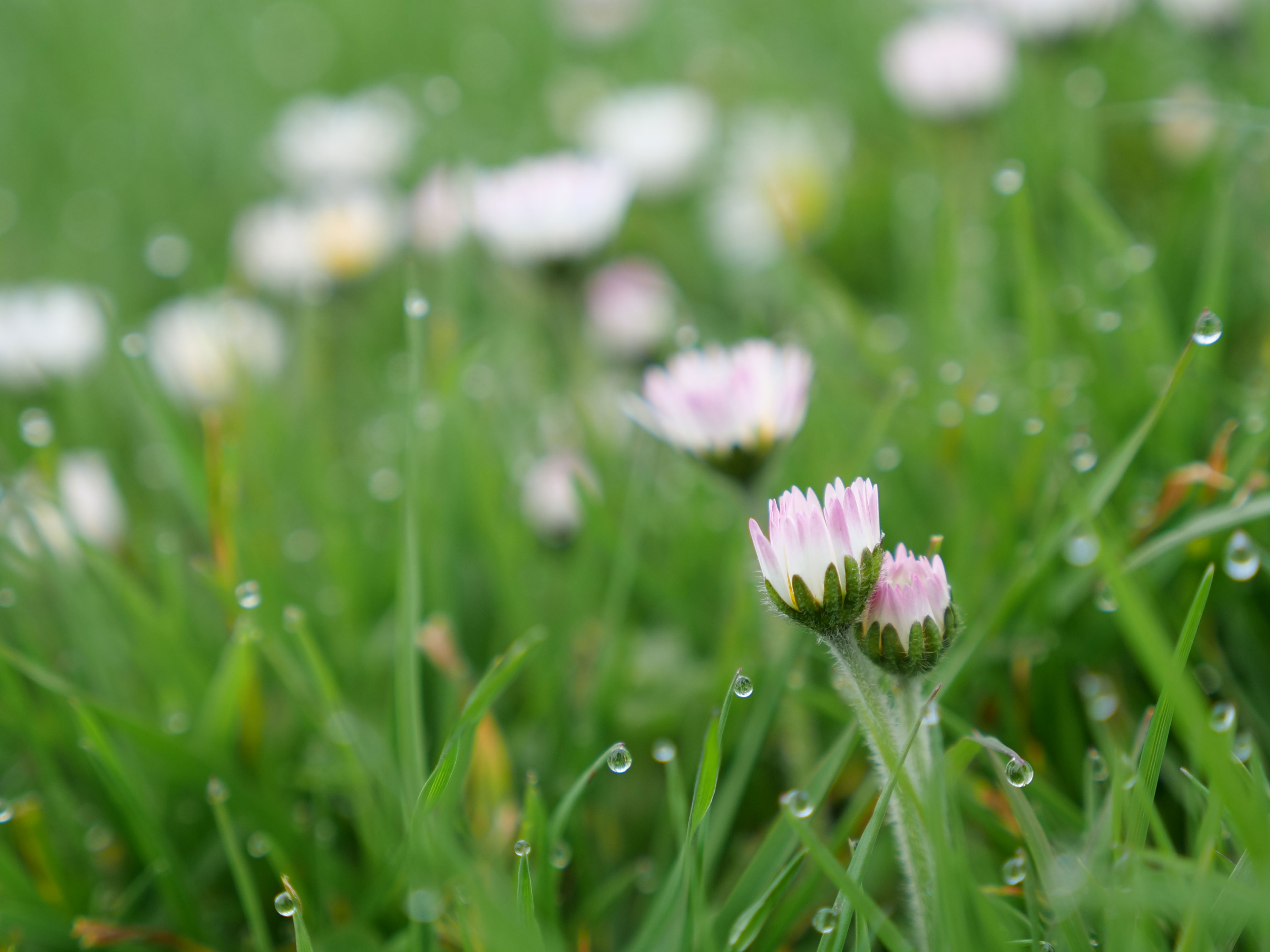
We also had the opportunity to try out the GH5S in low light alongside the new Sony A7 III, and the latter did show a slight advantage at higher ISO settings, with a less granular appearance. At ISO 12,800, the GH5S's video was looking quite grainy, but footage from the A7 III was smoother.
Read more: Sony A7 III review
It’s possible that the SilkyPix Raw-conversion software used for our lab tests is slightly flattering the sensor. The signal-to-noise ratios achieved with Adobe Camera Raw were more in line with those of rival cameras.
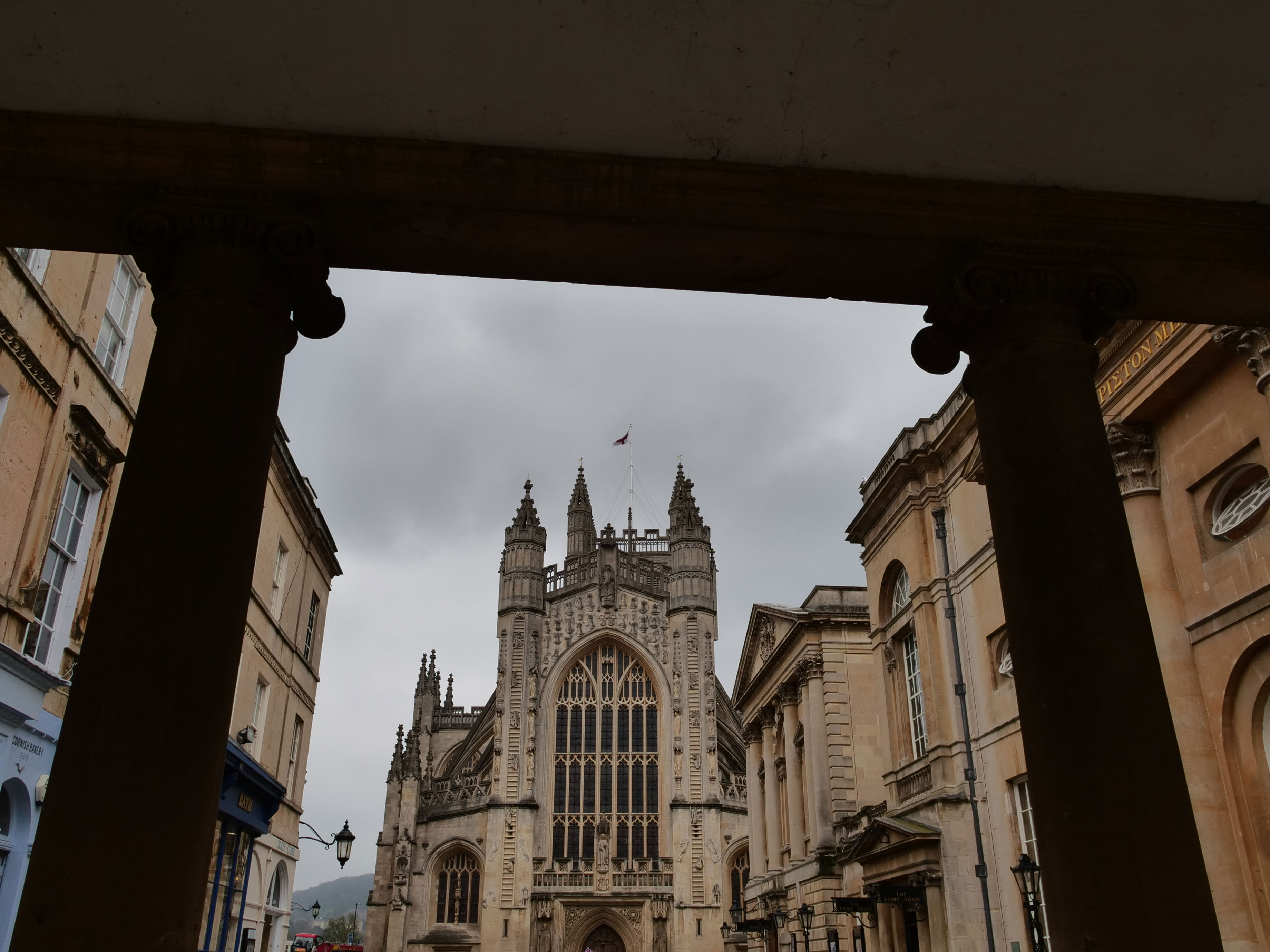
The dynamic range figures were pretty remarkable too, staying more or less flat across the whole ISO range. In theory, this shouldn’t happen, as you would expect the range of brightness levels the sensor can capture to decrease as the signal amplification (ISO setting) is increased. We have, however, occasionally seen this before with Micro Four Thirds sensors.
What this means in practice is that you should be able to extract a good deal of shadow and highlight detail from your Raw files, even at higher ISO settings. And when shooting video, it should still be possible to capture a wide dynamic range, even in low light. The GH5S already has a pretty flat standard rendition for video, one that's well suited to grading (editing), and for scenes with a really high brightness range you can use the V-LogL mode.
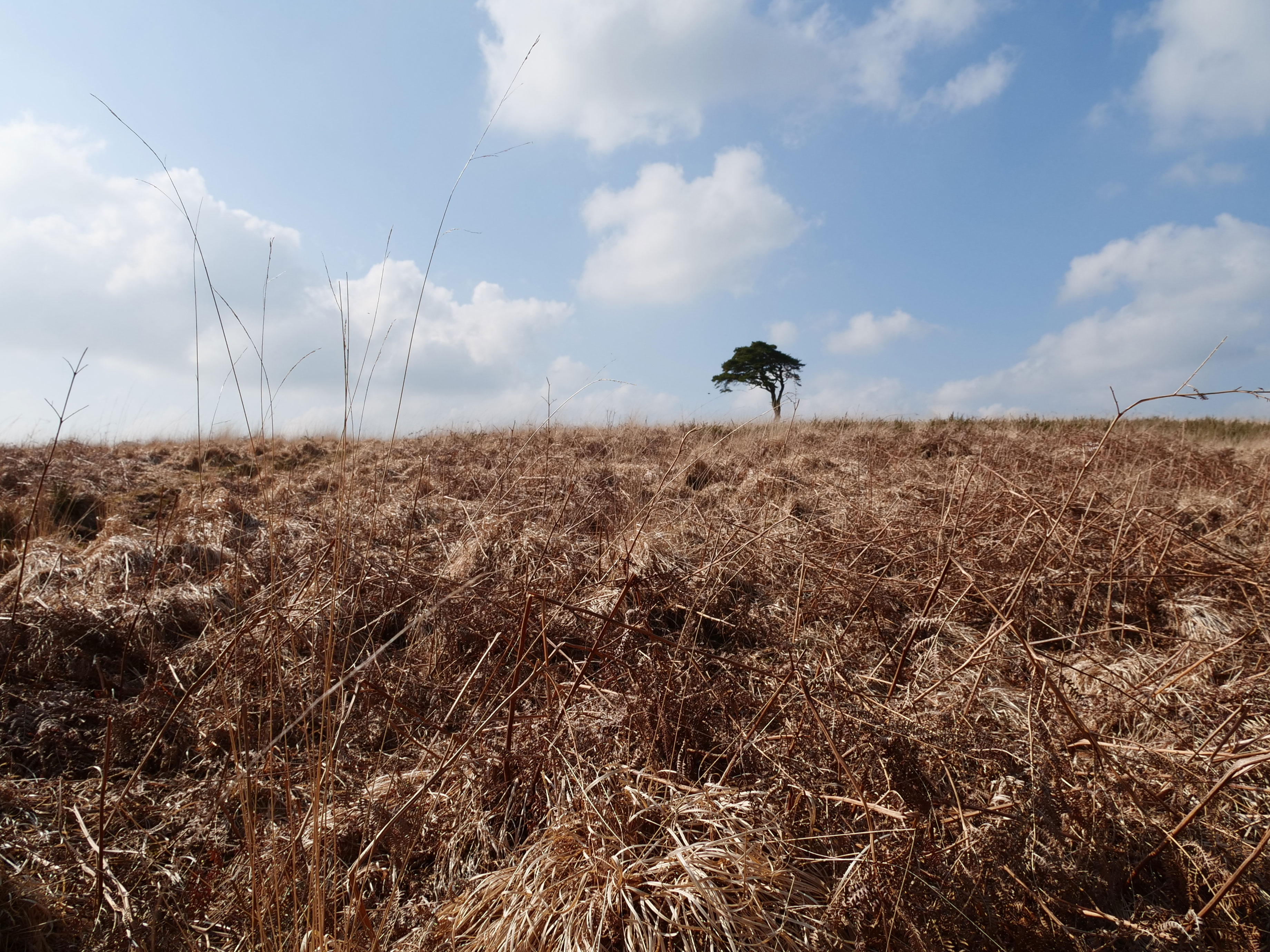
The key point here is that the GH5S captures 10-bit video, so if you do need to carry out strong tonal adjustments in your video editor, you’re less likely to get banding effects than you are with regular 8-bit video. In stills photography, the equivalent is trying to apply heavy curves adjustments to 8-bit JPEGs.
The GH5S’s Raw files do look very good, with good retention of highlight detail in bright skies, for example. However, there’s no escaping the very modest resolution. The GH5S’s images are sharp, clear and saturated, but they are only 10MP files. That’s fine for small-to-medium prints, or photo books or online use, but if you do a lot of stills photography it’s unlikely to be enough.

The GH5S is great for video, but for stills you’re almost certainly going to need another camera. Where many stills cameras don’t go far enough with their video features, the GH5S goes the other way – it just doesn’t have the resolution to satisfy the stills market. That’s fine if you’re happy to invest in a two-camera kit, but if you’re looking for the perfect hybrid crossover camera, the regular Panasonic GH5 is a better choice. It makes a modest sacrifice in video features for big gains in stills photography.
The sister print publication to this website, Digital Camera Magazine is Britain's best-selling photography publication – and it can also be purchased outside the United Kingdom as Digital Camera World.
Digital Camera Magazine is packed with more expert advice and more inspirational images than any other title, with the sole aim of helping you become a better photographer. Every issue we also bring you a selection of great gifts which are designed to help you get more from your photography – everything from tips cards and cheat sheets to free software and bookazines.
In addition to inspirational images, interviews, projects, mini tests and tutorials, each issue is packed with news, reviews and comparisons, as well as photographer vs photographer shootouts and head-to-head challenges using the best photo editing software.
The magazine is captained by Editor Niall Hampton.
